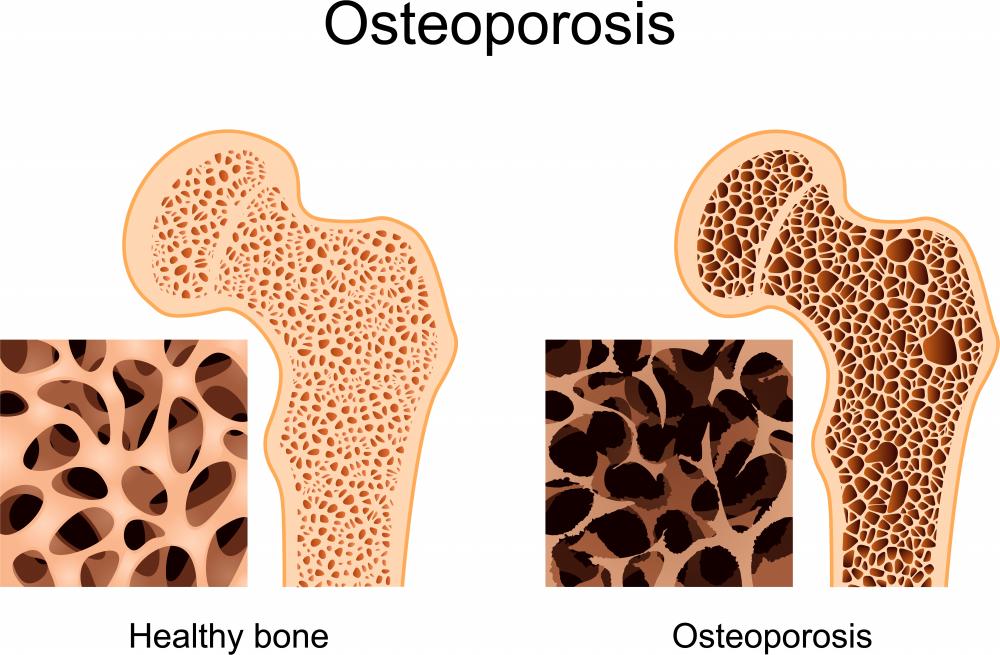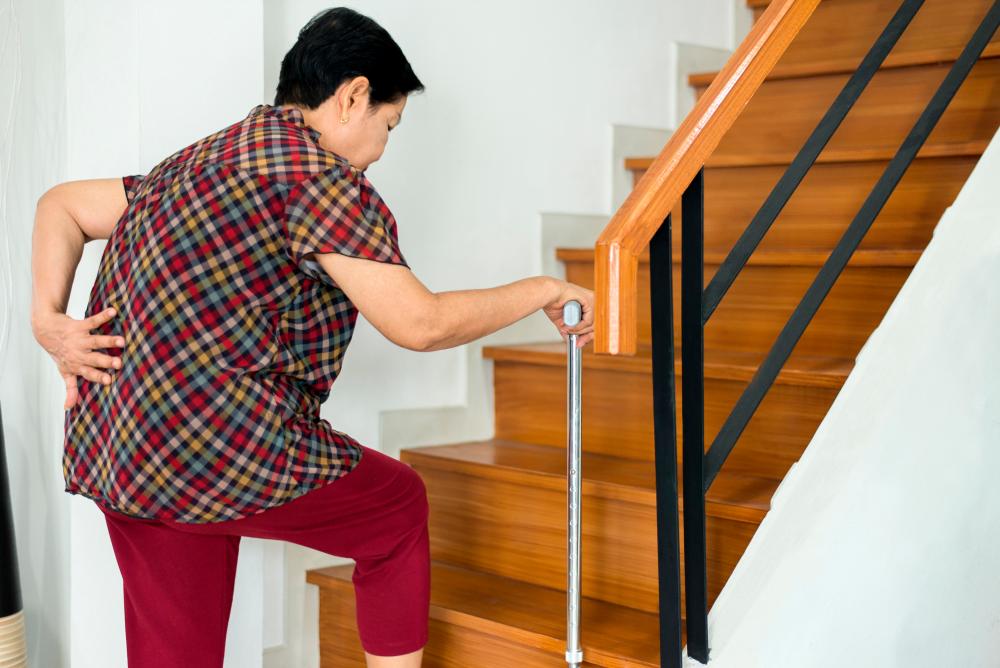OSTEOPOROSIS is a common, but largely ignored health condition. The disease, characterised by low bone mass and structural deterioration of bone tissue, often strikes during old age, when the body is less able to replace them. Bones become brittle and weak, and any fractures that occur will take a long time to heal, greatly limiting the mobility and quality of life for sufferers.
According to a recent report by Code Blue, most osteoporosis cases in Malaysia remain underdiagnosed and undertreated, with as much as 77% of Malaysian women living with undiagnosed post-menopausal osteoporosis.
Among the reasons for this is the lack of awareness of osteoporosis as a health priority, and many people often don’t realise they have the condition until a fracture occurs, by which time treatment options are more complicated.
Some risk factors for osteoporosis include:
Your gender. Women are much more likely to develop osteoporosis than are men.
Age. The older you get, the greater your risk of osteoporosis, as lower hormone levels tend to weaken the bones.
Race. Based on genetics, Asians have a higher risk of developing osteoporosis compared to other communities around the world.
Family history. Having a parent or sibling with osteoporosis puts you at greater risk, especially if your mother or father fractured a hip.
Body frame size. Men and women who have small body frames tend to have a higher risk because they might have less bone mass to draw from as they age.

What you can do
Fortunately, there are a number of things you can do that will greatly reduce your risk of developing osteoporosis. It goes beyond just increasing your calcium intake, it’s also about ensuring that it stays within your bones.
And the sooner you start keeping your bones healthy, the better off you will be in your 50s and beyond.
1. Avoid carbonated beverages. Carbonated beverages, such as soft drinks, beer and even sparkling water will gradually leach the calcium from your bones, as shown by several studies in the past. Carbonated beverages also have excess phosphates, which cause even more calcium loss.
2. Cut down on protein. While protein plays an important part in maintaining and building muscle, a diet with excessive protein can cause acidity in the blood, which in turn causes calcium to be lost in the urine. Most adults only need between 46g to 56g of lean protein, three times a day.
3. Control your caffeine. Each cup of coffee you drink makes you lose 150mg of calcium in your urine. Naturally decaffeinated teas are a better option, but if you must drink caffeinated coffee, at least increase your calcium intake by 150mg for each cup you drink.
4. Get some sun. Vitamin D is produced in your skin when you get out in the sun. Vitamin D helps your body to absorb calcium, and retain it in the bones. It is also important for immune system modulation, depression, and autoimmune disorders.
5. Stress raises cortisol levels. If cortisol levels are high for long periods of time it can cause bone loss, as cortisol can lead to insulin resistance, eventually raising the blood sugar and causing calcium loss in the urine.
6. Exercise more. When the muscles pull against the bones during exercise, it stimulates the bones and tells them that they are needed. Any weight-bearing exercise such as walking, hiking, climbing stairs and weightlifting can increase bone density.
Remember, the choices you make can affect your bone health in the future. With just a little extra effort and mindfulness, you can ensure that you stay mobile for longer during your golden years.













